ICI Sharing║A 91-year-old reader of the Key Words of New Curriculum
2024-05-06
Recently, Professor Cui Yunhuo received a handwritten letter from a reader far away. The letter is 9 pages long and is a 91-year-old teacher's impression after reading the book "Keywords of the New Curriculum". Surprised and moved, Associate Professor Yang Chengyu from ICI drove to visit this reader on behalf of Professor Cui Yunhuo and all the authors, and wrote a note to cherish this mutual educational aspiration!
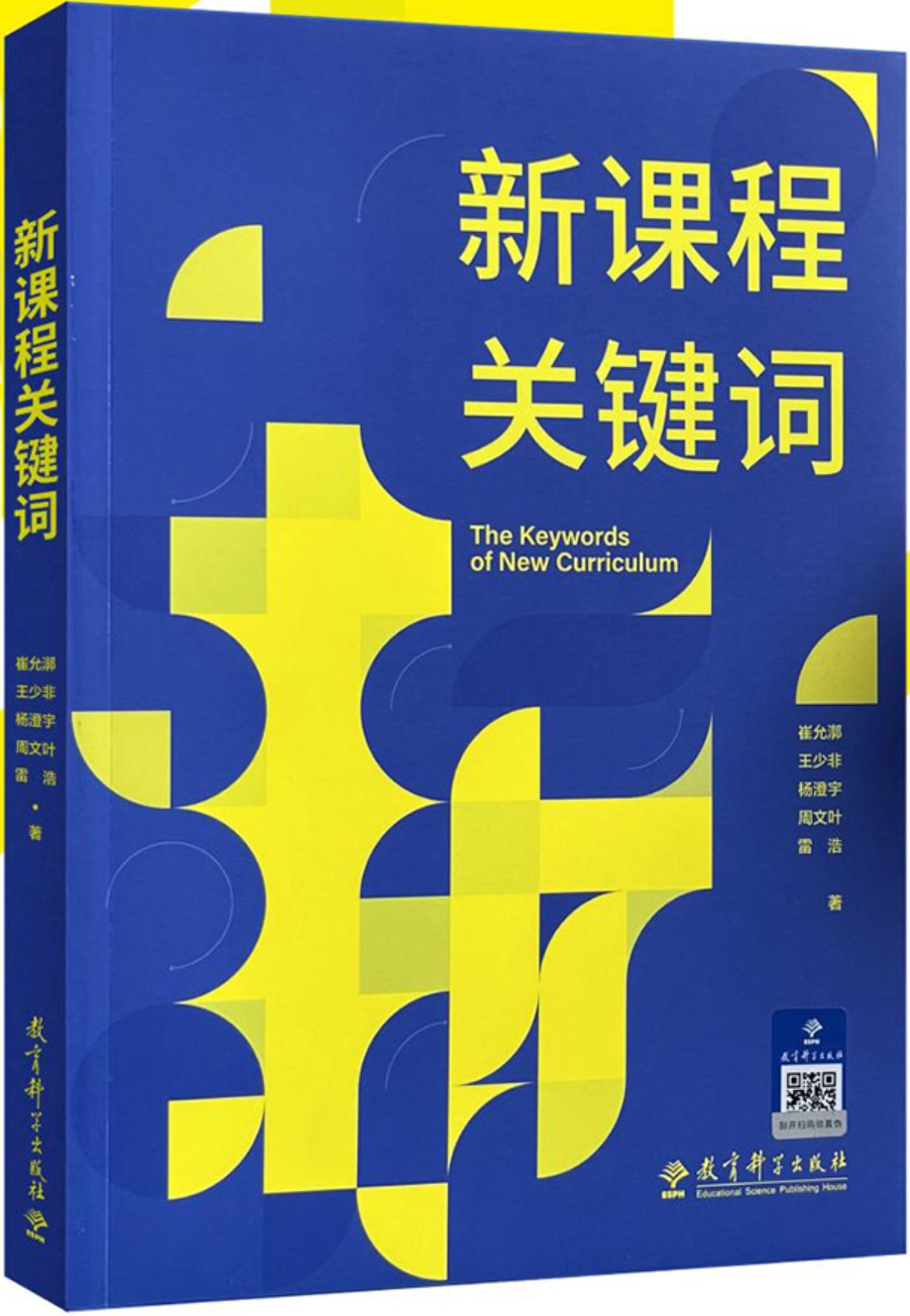
Written by Cui Yunhuo, Wang Shaofei, Yang Chengyu, Zhou Wenye, Leihao
Educational Science Press
The return journey from the Fifth Brigade of Hongxing Village, Zhongxing Town, Chongming to East China Normal University could be a smooth drive in one and a half hours without traffic jams. However, for Mr. Wu, it was a hassle. The letter said, "If you come to my home, please take the bus to Chenjia Town, get off at Chenjia Town Hub Station, and then transfer to Special Line Bus to Hongxing Primary School Station (about ten minutes). After getting off the bus, ask the staff of the small shop and you can get to my home." We drove and asked twice on the way. We first found the Fifth Brigade and then asked with the house number. The passerby replied: "Who are you looking for? Our house number is useless." "We’re looking for Wu hanqing." "His house is just around the corner!" So soon, from "the beauty you want to see" to "the scenery you can see", it became "the scenic spot you can walk to".
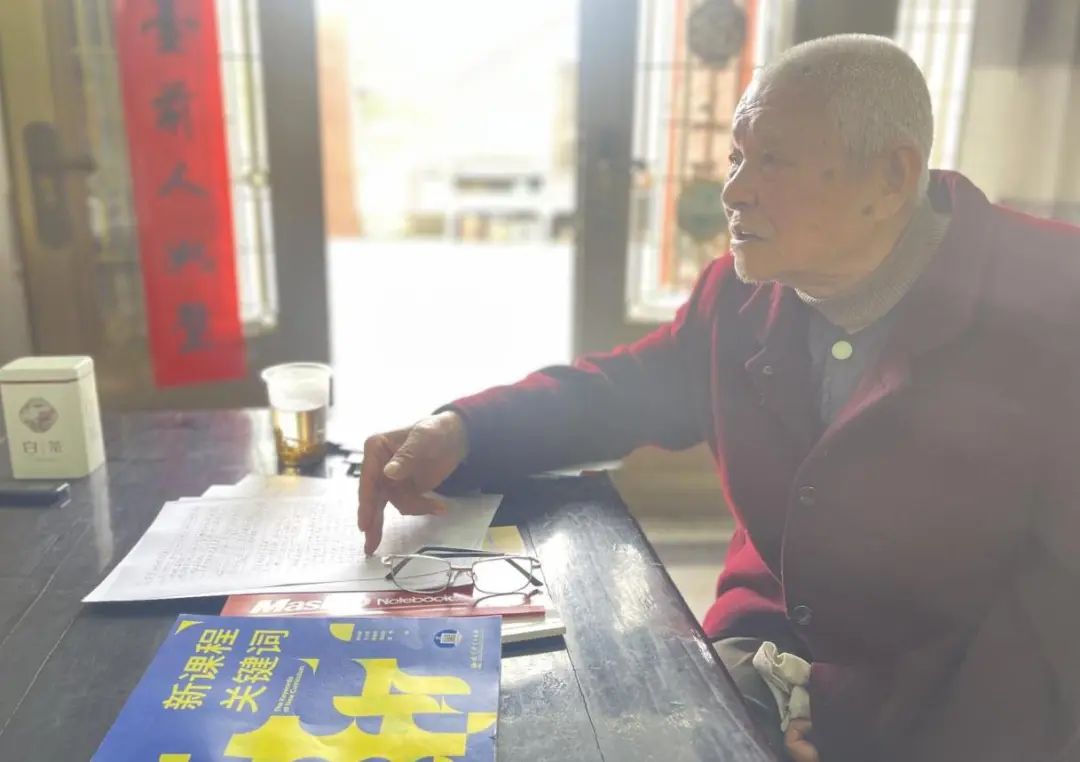
About two weeks ago, I received a 9-page letter forwarded by Cui Yunhuo. In the letter, Wu, a 90 years old man who read "Keywords of the New Curriculum", felt that many concepts in the book were in line with his long-standing teaching concepts. Now, he was standing right there and shaking hands with us. The old man’s hand is little cold. He welcomed us into the living room and served us hot tea. The old man was wearing a dark red coat, which was a bit festive. He walked out of the empty living room and brought a thick stack of materials from the bedroom. We were then follow him to "visit" his "study room". A small desk was stacked with books in the corner. He pointed to a corner of the room, where a small bookcase was filled with books, and a plastic bag of "Shanghai Specialties" was placed underneath. A Modern English-Chinese Dictionary stood out among the books.
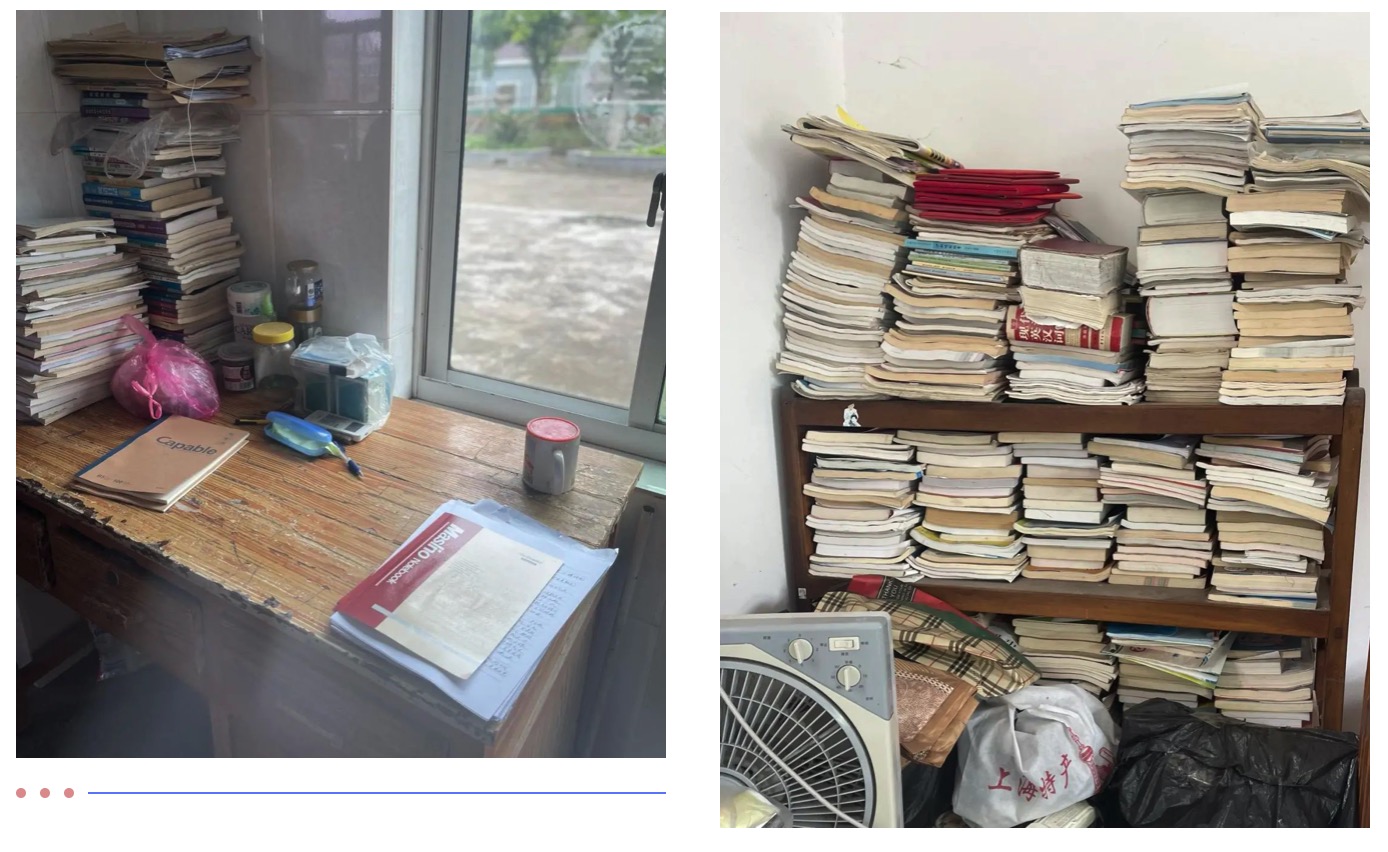
That thick stack of materials was specially prepared for us, about 70 or 80 pages. Wu said that since he knew we were coming, he wrote 7 or 8 pages every day to introduce to us how his teaching methods fit with the new curriculum concept. He is from Wujiang and works in chongming for nearly 70 years after graduated from Anting Normal School in 1956.
When he first started working, he found that the local primary school students had a poor foundation and even simple calculations are challenging for them. A large number of students only scored 20 or 30 points in the exam. Wu couldn't sleep at night. "I often woke up at two or three o'clock in the middle of the night, and kept thinking about it till six o'clock in the morning when I got up. There were a few days when my feet were cold and I curled up in thought..." He summed up the "five-step teaching method" from the teaching methods he learned in the normal school, the materials he could find and the practical experience, and the effect was remarkable after trial. Take "addition and subtraction within ten" as an example:
Step 1: Find some small branches as teaching aids to show the assembly and disassembly of numbers.
Step 2: Students go on stage to demonstrate with branches.
Step 3: The teacher leads the students to clap their hands and count numbers together.
Step 4: The teacher shows the number cards and demonstrates the calculation formula.
Step 5: Students discuss, practice, and reflect on the law of "assembling big and disassembling small".
The method seems simple, but it was half a century ago! Its concept is advanced. First, it makes good use of teaching aids to attract students' interest. Teaching aids are obtained from life, easy to use, interesting and approachable. This reminds me of the famous teacher, Si Xia, who made good use of teaching aids. Teacher Wu also repeatedly said that mathematics is to solve problems in life, and teaching aids can help create life situations; secondly, fully mobilize students and fully immerse them in learning activities. Isn't this the purpose of the new curriculum reform of "student oriented" and the advocated methods of "situational learning" and "deep learning"? Teacher Wu said that situational teaching should be aimed at improving students' thinking ability; thirdly, emphasizing embodied learning, not only appealing to vision, but also mobilizing students' hearing. This is also very inspiring at the moment; finally, attach importance to post-class reflection. Students reflect on the calculation methods that can be widely used. In the "student experience" teaching that is becoming increasingly influential today, this point is also emphasized. Cui Yunhuo often says that without reflection, there is no learning. Teacher Wu said that the "thinking" in Confucius' "learning without thinking is confused" is "reflection after learning". It really makes sense!
Wu's Mandarin is not standard, but it is not difficult for us to understand because everyone speaks in the syntax of curriculum. While talking, he returned to the bedroom and took out two notebooks. One of them was filled with notes on "New Curriculum Keywords". I recalled chatting with Wen Ye a few days ago. She said that the readers' dedication and seriousness moved us authors, and sometimes we even felt ashamed and thought we should’ve written better. Today, I once again felt this sentiment.

Another notebook was full of English. Wu said that after retirement, he went to the senior citizen university to learn English so that he could greet foreign friends at the 2010 Shanghai World Expo. In addition, he learned to play the accordion by himself. After retirement, he volunteered in the "Sunshine Home" in the community, teaching intellectually disabled children to sing. He taught new songs word by word, and would connect it with the children's real life, slowly teaching the meaning of the lyrics, so that they would sing with sentiment. Teaching a simple note with a lot of effort is a difficult career and even a helpless self-struggle. The hardships and happiness within more than ten years are expectable and beyond imagination.
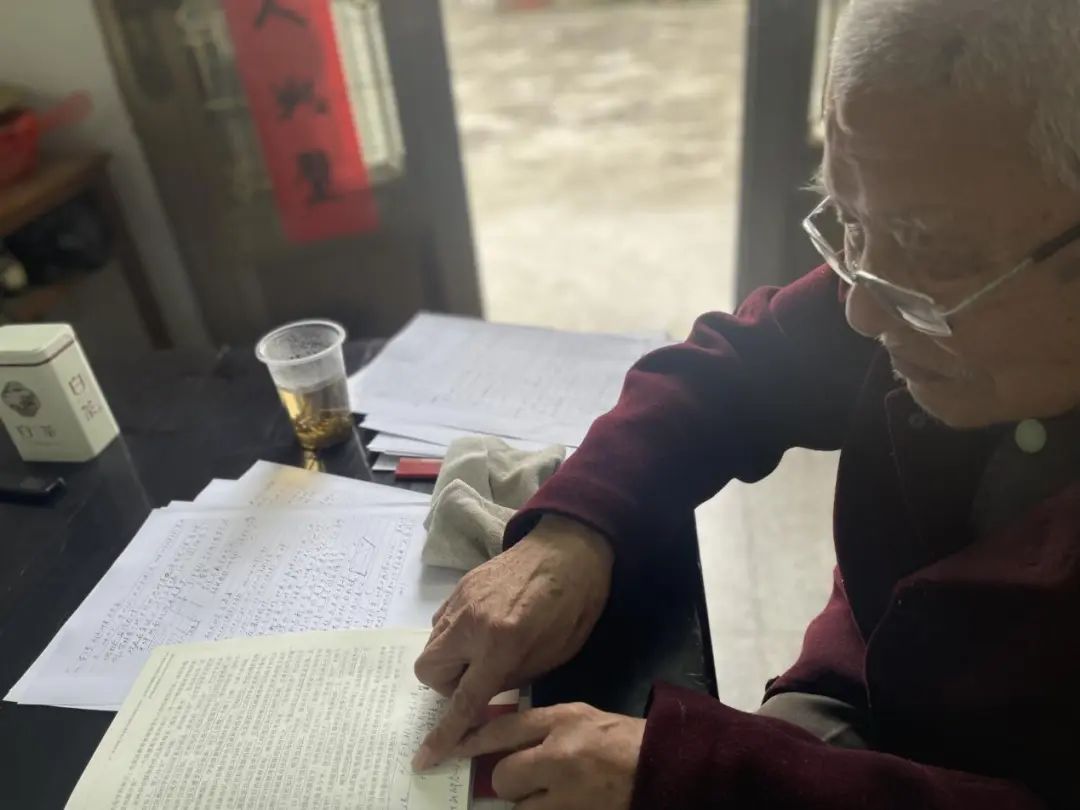
Wu told us that he rarely criticized students. If their grades dropped, he would not blame them for not learning well, but only blame himself for not teaching well. "Teaching is to stop teaching," he said. Ye Shengtao's words are the benchmark of his teaching. So he tries every means to inspire students and help them carry out learning activities, use their thinking, and learn to learn. For example, he said that when teaching new knowledge, prior knowledge should be used to guide new knowledge; when reviewing questions, you should learn to draw diagrams to help understanding. Isn't this the use of "scaffolding"?
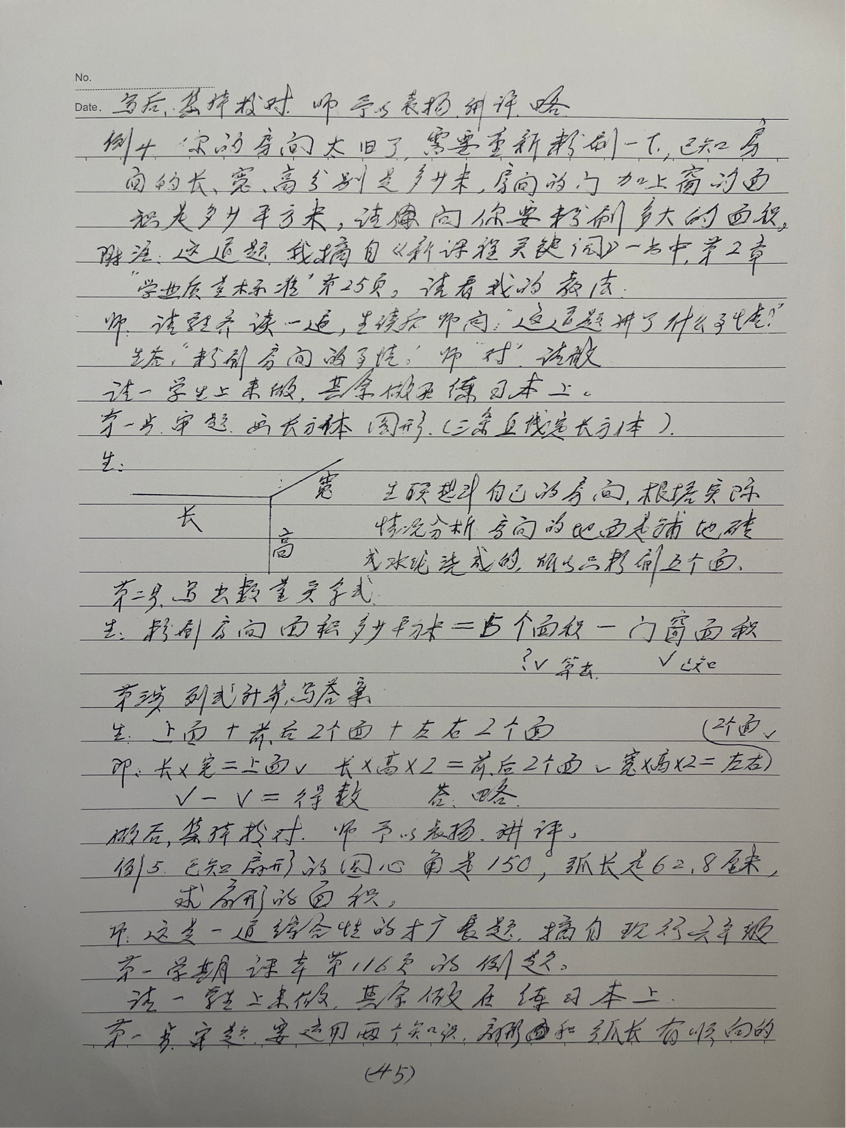
I suddenly understood why this old man was so excited when he read this book at the beginning of the year. These simple ideas, which are so in line with the concept of the new curriculum, have quietly taken root on the farm in Chongming more than 50 years ago, and have produced fruits that are still unknown to many people, but have also benefited many students. At the end of the visit, I told Wu that if he had any new ideas in the future, he could write to us directly. He said, no, I have already written what I want to say these days. I still left the mailing address on the back of his notebook, looking forward to receiving a letter from Chongming one day.
Just now, I searched online for Wu's alma mater, Anting Normal School. Only then did I discover that its predecessor was a branch of the Second Normal School of Jiangsu Province. During the Republic of China period, there were farms and workshops, where teachers and students grew food and vegetables, raised chickens, rabbits and bees, and made their own living and teaching tools. After the founding of New China, the tradition of "teaching, learning and doing in one" and close contact with farmers continued. Until 1998, this old normal school with a history of 80 years was restructured into the Anting Affiliated Middle School of East China Normal University. After several moves, it is probably no longer in physical existence.